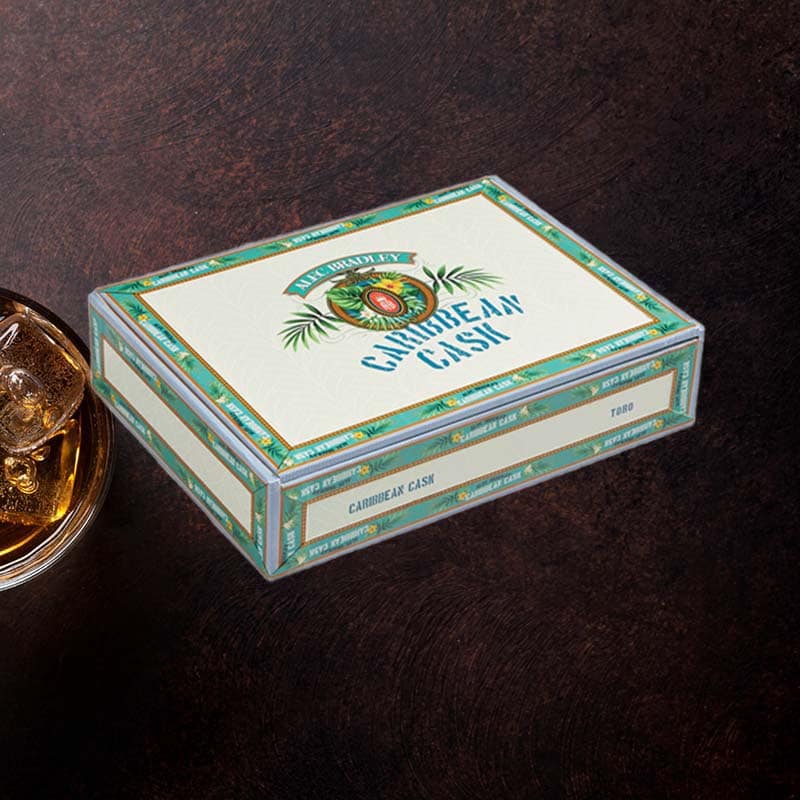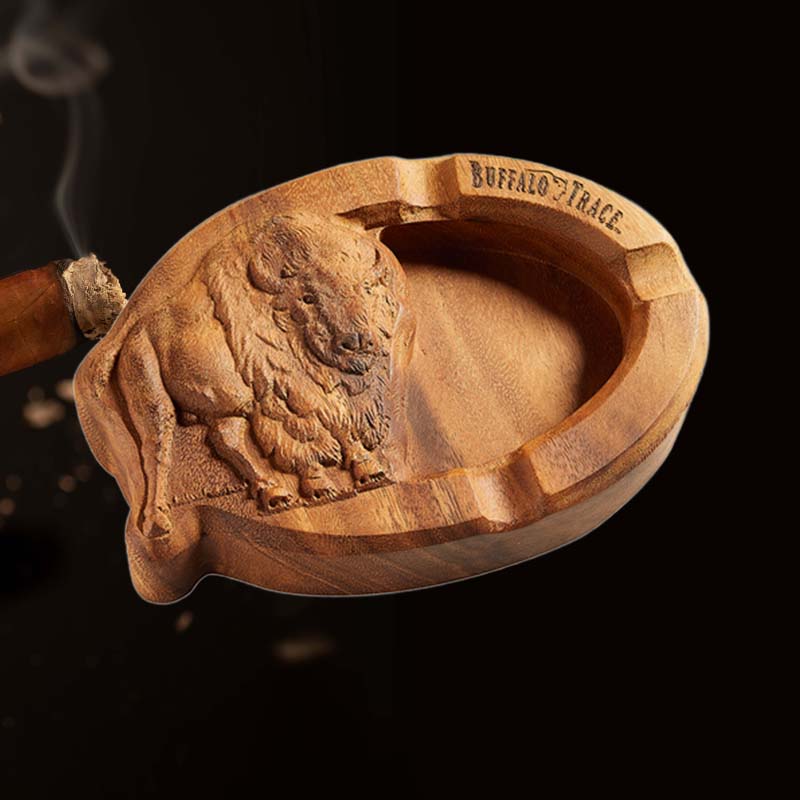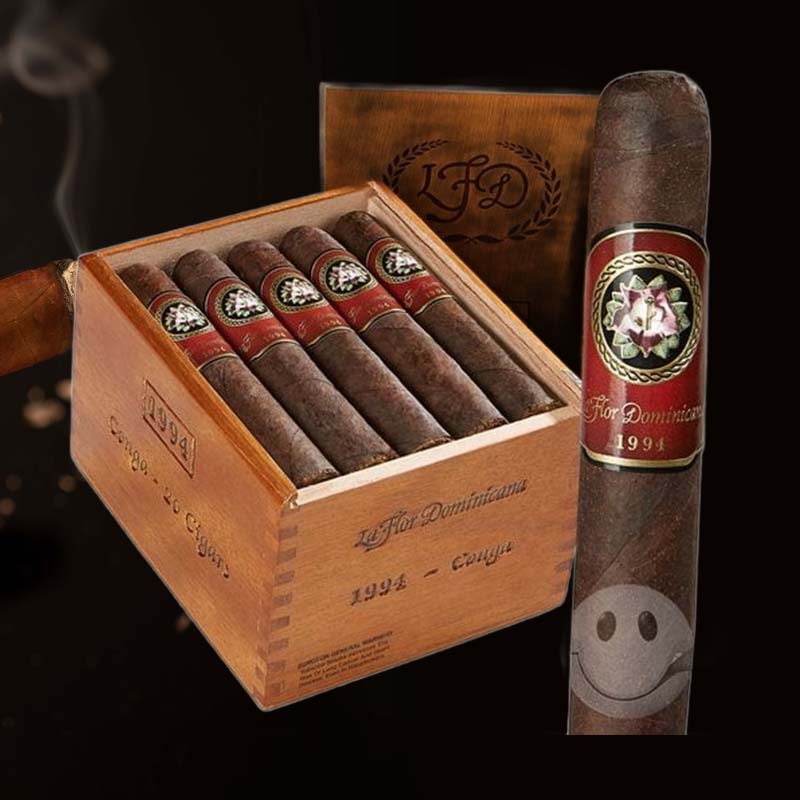How to fill up a butane torch lighter
As a cigar enthusiast, I’ve spent countless moments savoring my favorite smokes. There’s something about the ritual of lighting a cigar that elevates the experience. Recently, I found myself needing to refill my trusty butane torch lighter, and I felt it necessary to share the journey and knowledge I gathered along the way. Filling up a butane torch lighter isn’t just about the mechanics; it’s about ensuring you’re perfectly prepared to enjoy that next rich puff. So, let’s dive into the details!
Things You’ll Need
- Butane fuel (preferably high-quality)
- Butane torch lighter
- Flat surface for the workspace
- Paper towels or cloth for any spills
- Small, flat tool (like a screwdriver) for bleeding the lighter
Step-by-Step Guide to Refilling Your Butane Lighter
1. Prepare Your Work Area
Find a clean, flat surface to work on. I like to use my outdoor patio table since it allows for good ventilation. Lay out your materials, and make sure everything is within reach to avoid fumbling around later.
2. Allow the Lighter to Cool
If you’ve just used the lighter, give it some time to cool down. This step is important; I always wait at least 5-10 minutes before proceeding to avoid any potential accidents.
3. Adjust the Flame Height
Check the flame height adjustment valve, usually located at the bottom of the lighter. I find that setting it to the lowest setting before filling helps avoid a fiery situation when you fill it up.
4. Bleed the Lighter
Breathe life into your lighter by removing any remaining butane gas. Using the small tool, press the bleed valve gently to release old fuel. This helps to ensure a clean, powerful refill.
5. Fill the Lighter with Butane
Turn the lighter upside down and insert the butane nozzle into the fuel inlet. Press down firmly to start filling. I usually count to ten for a standard fill; watch for a slight spurt of gas to know when to stop.
6. Let the Lighter Rest
After filling, set the lighter aside for about 5 minutes. This gives the butane time to stabilize within the lighter’s components. Plus, it helps prevent a flare-up when you light it.
7. Test the Lighter
Finally, it’s time for the fun part! Turn the flame height back up and ignite your lighter. I love the satisfying ‘whoosh’ that signals readiness for my next cigar indulgence.
Tips for Using Butane Fuel
Don’t Skimp on Butane Gas
Opt for high-quality butane fuels to ensure better performance. Cheap butane can leave residue and affect the lighter’s effectiveness over time. I always choose reputable brands that guarantee purity.
Choose the Right Butane
Different lighters work best with specific types of butane. Refilling with low-quality gas may result in interruptions to that smooth lighting experience. I always check reviews before committing to a new fuel type.
Common Issues and Troubleshooting
Torch Lighter Not Working?
If your butane torch lighter isn’t lighting post-refill, don’t panic! The issue could stem from anything like incorrect filling, an obstruction, or faulty components. Assess each possibility calmly before deciding on next steps.
Butane Lighter Troubleshooting Tips
- Ensure it was filled adequately.
- Check for blockages in the nozzle or flame adjustment.
- Test the igniter; replace it if it’s not functioning.
- Consider the temperature; cold lighters can be hard to ignite.
Safety Considerations When Refilling Lighters
Using the Right Tools
Always ensure you’re using the right tools for the task. I find a small screwdriver handy for bleeding the lighter and always keep a cloth nearby in case of spills.
Proper Ventilation
Refilling should be done in a well-ventilated area. Don’t risk it indoors; I prefer my yard or balcony where fresh air flows freely, keeping the process safe.
Bonus Tips for Maintaining Your Torch Lighter
Regular Maintenance
I always take a few moments after each use to wipe down my lighter, checking for dirt or dust that might hinder function. Performing regular check-ups can save hassle down the road.
How Often to Refill
How frequently you should refill depends on use. I usually refill after every few uses to ensure it’s always ready when I reach for it.
Conclusion
Final Thoughts on Refilling a Butane Torch Lighter
Refilling a butane torch lighter can seem daunting at first, but it’s a relatively simple task once you get the hang of it. With a little practice and attention to detail, filling your lighter can become a seamless part of your cigar rituals. Enjoy the journey and the rich flavors that await!
FAQ
How do you fill a butane torch lighter?
To fill a butane torch lighter, first allow it to cool, adjust the flame height, bleed any old gas, then fill it upside down with butane. Let it rest, and finally, test the lighter.
How to fill a butane lighter without an adapter?
You can fill a butane lighter without an adapter by turning the lighter upside down and pressing the butane nozzle directly into the fuel inlet, applying gentle pressure to fill.
How to tell if a butane lighter is full?
A lighter is typically full if you can hear the butane when you shake it gently, and if you see a bit of butane gas escaping from the inlet on filling.
Why is my butane lighter not filling?
If your butane lighter isn’t filling, it could be due to blockages, an incorrectly sized nozzle, or insufficient pressure; troubleshooting each aspect can help find the issue.













